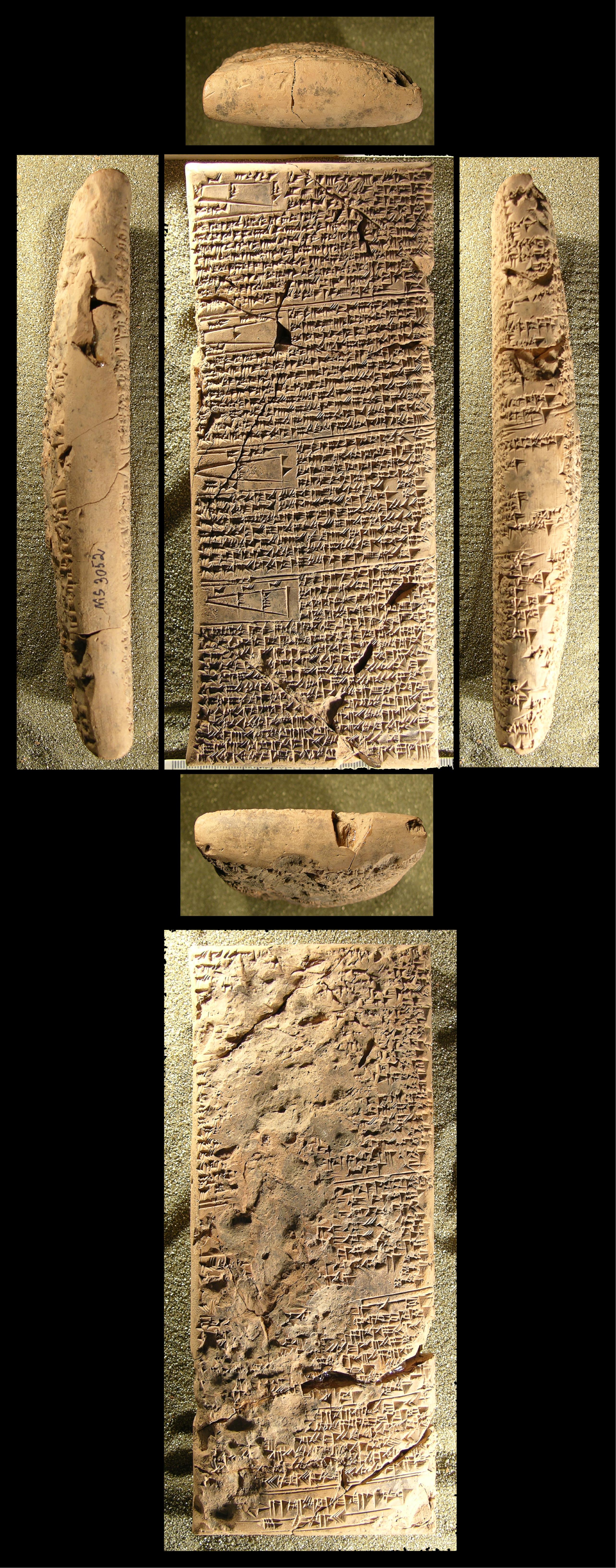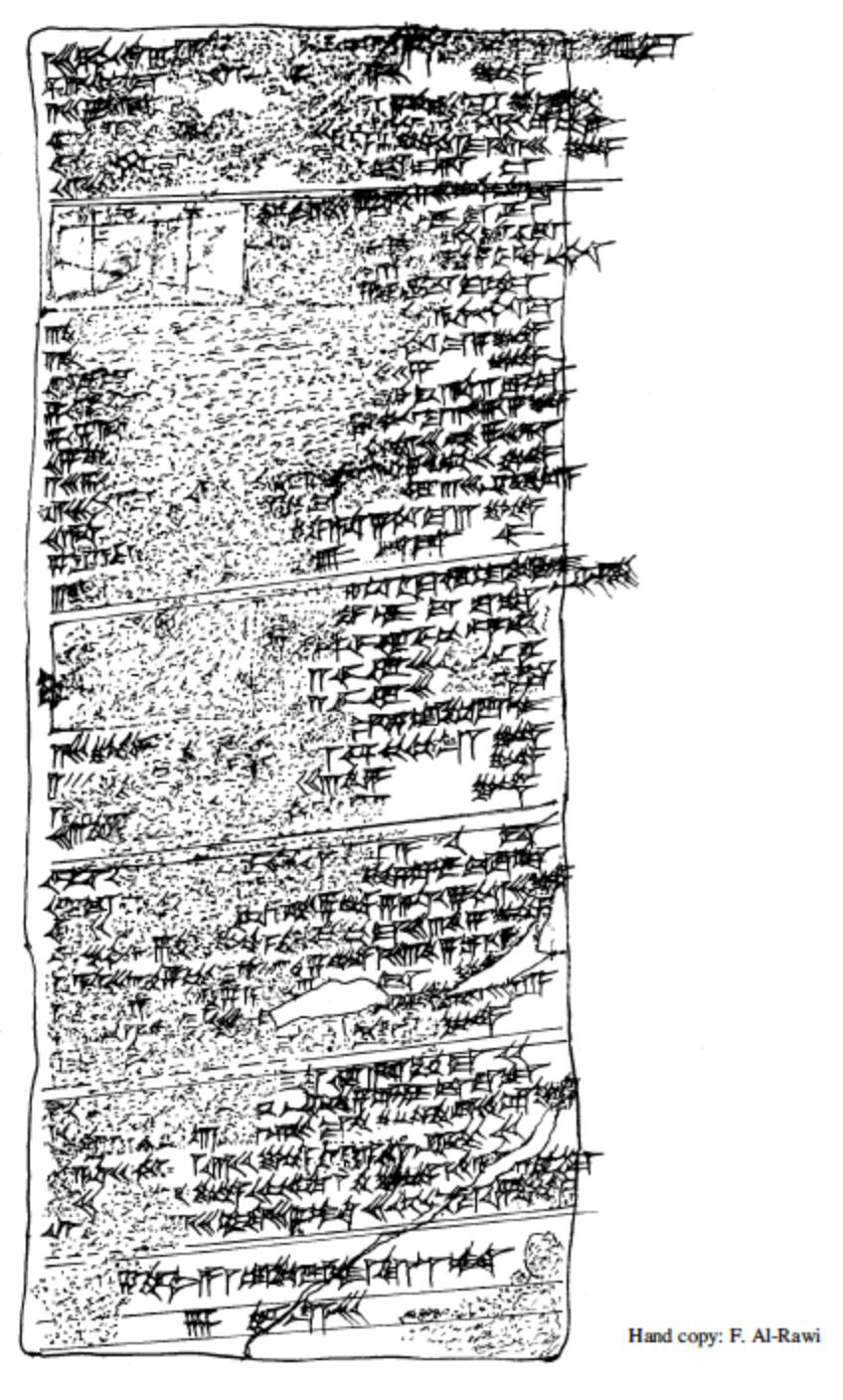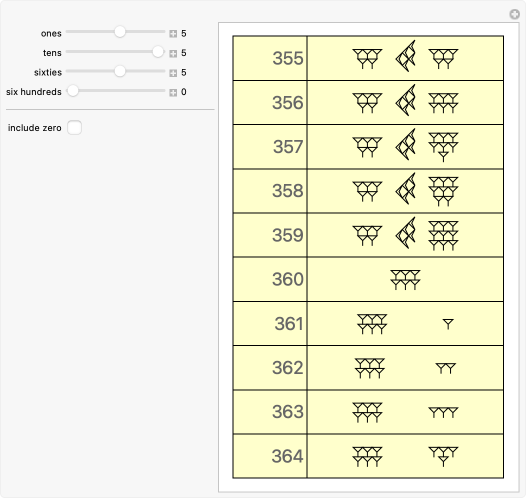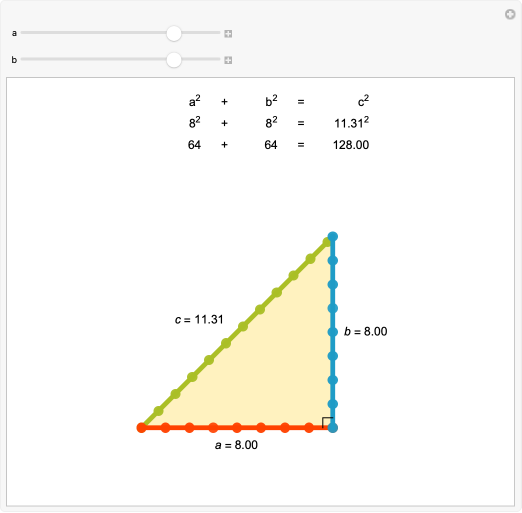around 2000–1900 BCE
Babylonian Mud Wall Tablet
The mathematics of mud walls
Tablet MS 3052 dates from ancient Sumerian civilization around 2000–1900 BCE and probably originates from the city of Larsa. It contains eight mathematical exercises, including several drawings of subdivided trapezoids and triangles. Most problems are framed in terms of mud walls partitioned into two or more separate layers. Examples of problems include repairing a breach in a wall with mud from the top of the wall, measuring the thickness of a wall by drilling a hole through it and computing the dimensions of a rectangle comprised of two triangles, each corresponding to the (3, 4, 5) Pythagorean triple.

Problems about trapezoids or triangles divided into two or more smaller parts by transversals parallel to the base were popular in Old Babylonian mathematics. Such problems led to systems of linear or quadratic equations. One type of problem for divided trapezoids led to the equation a² + b² = 2 c². Amazingly, old Babylonian mathematicians could find solutions in integers to both this equation and the similar equation a² + b² = c² (as seen in section 2 of this tablet) at least 1,200 years before Pythagoras.






















